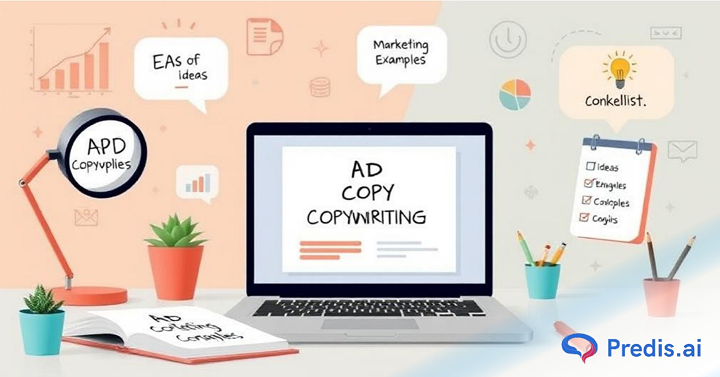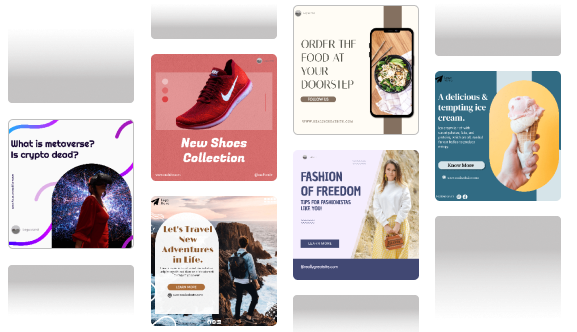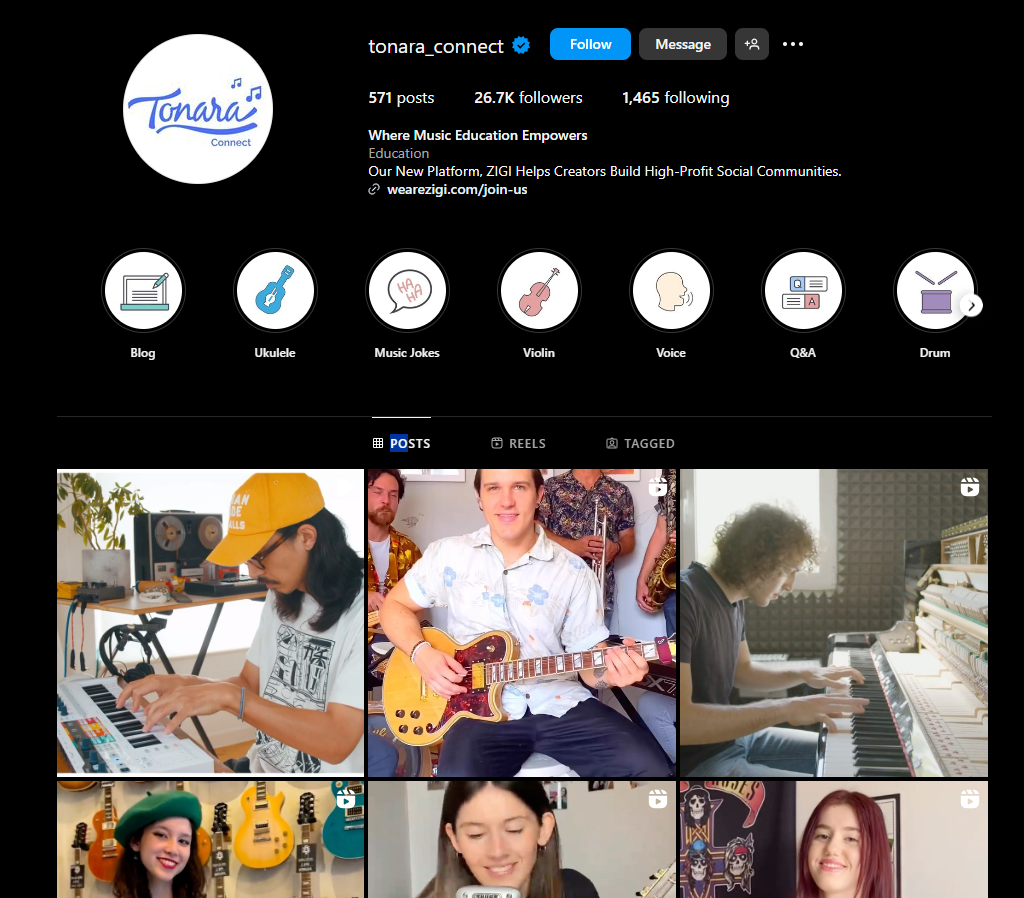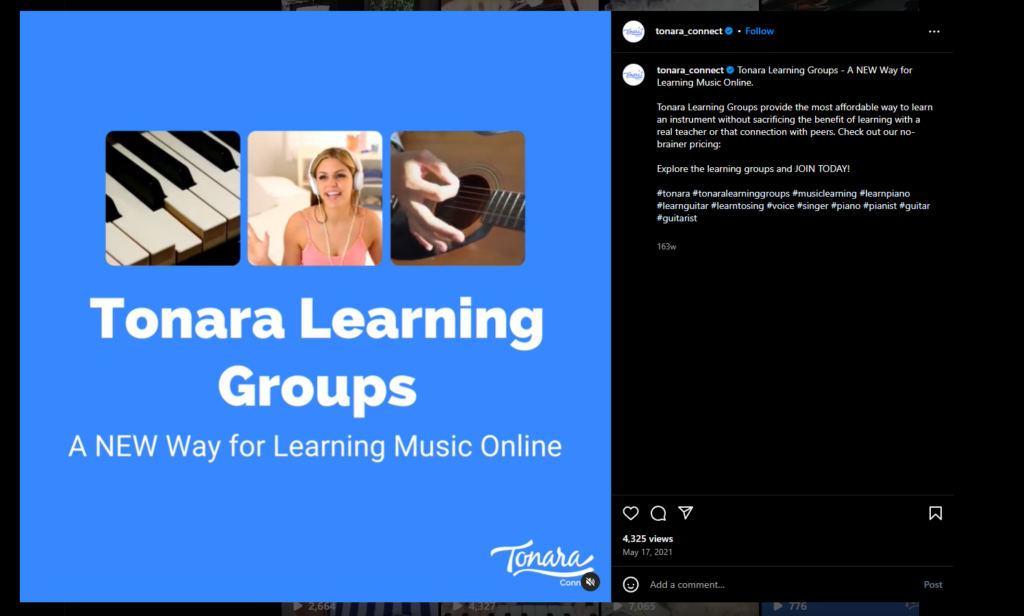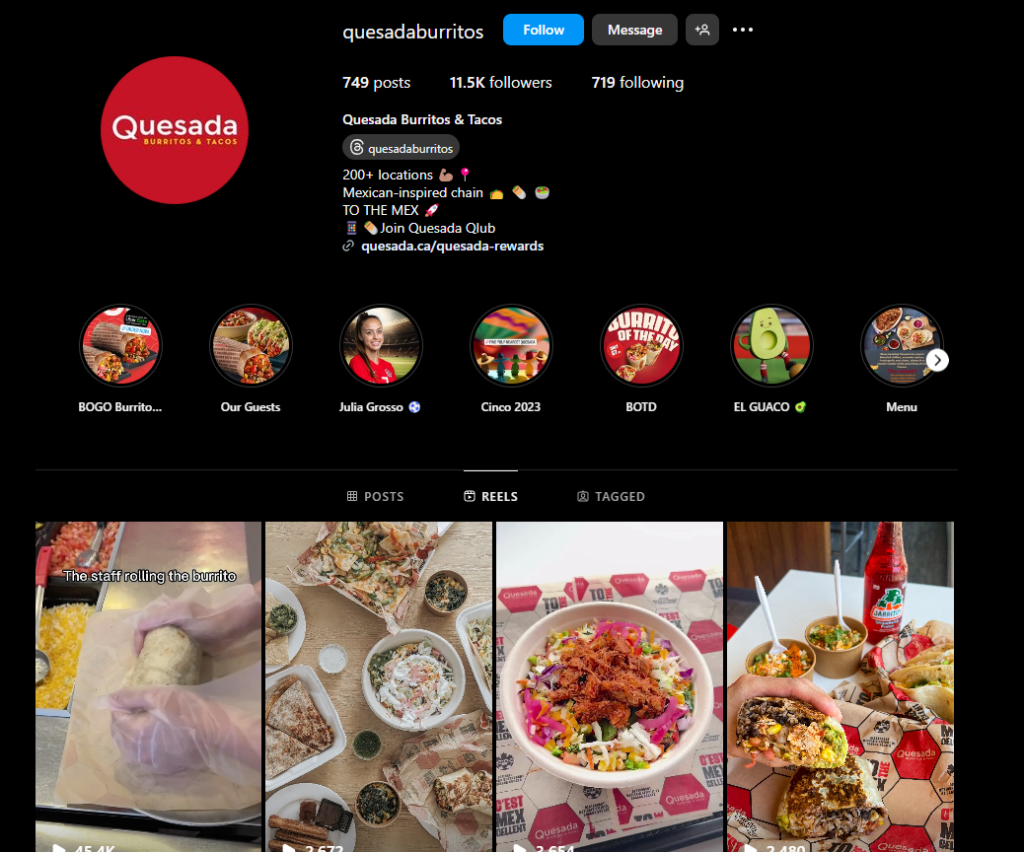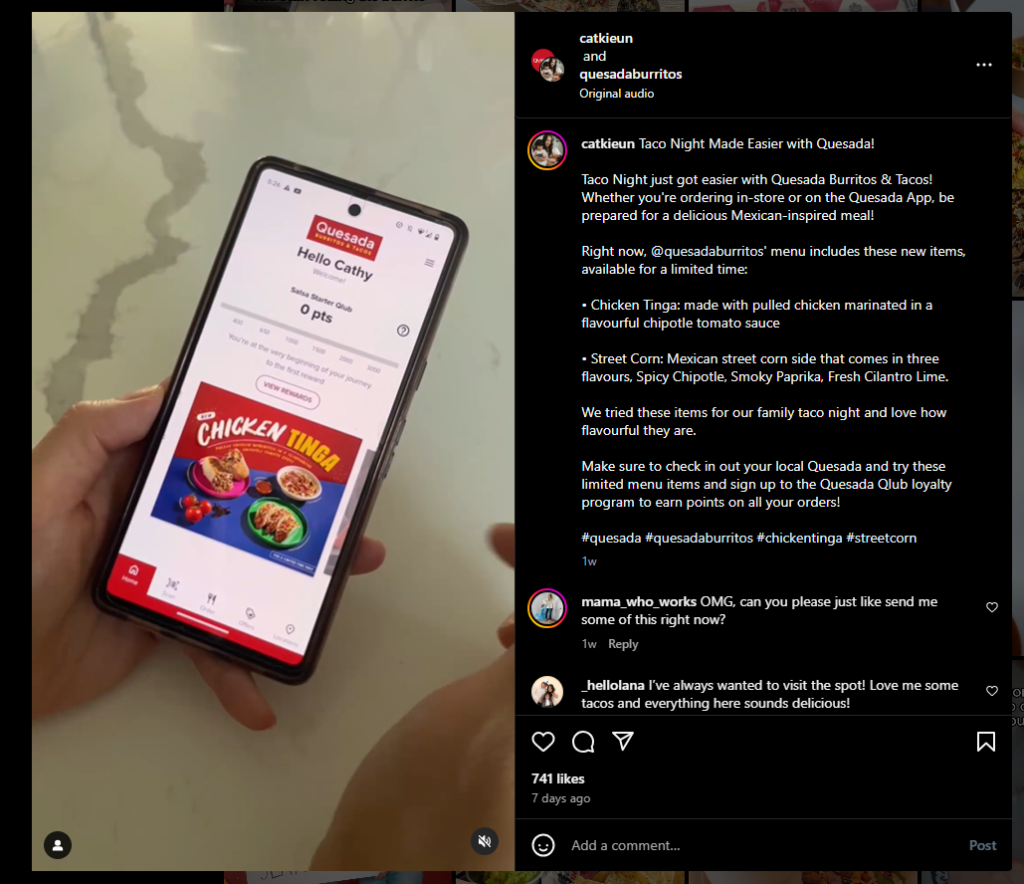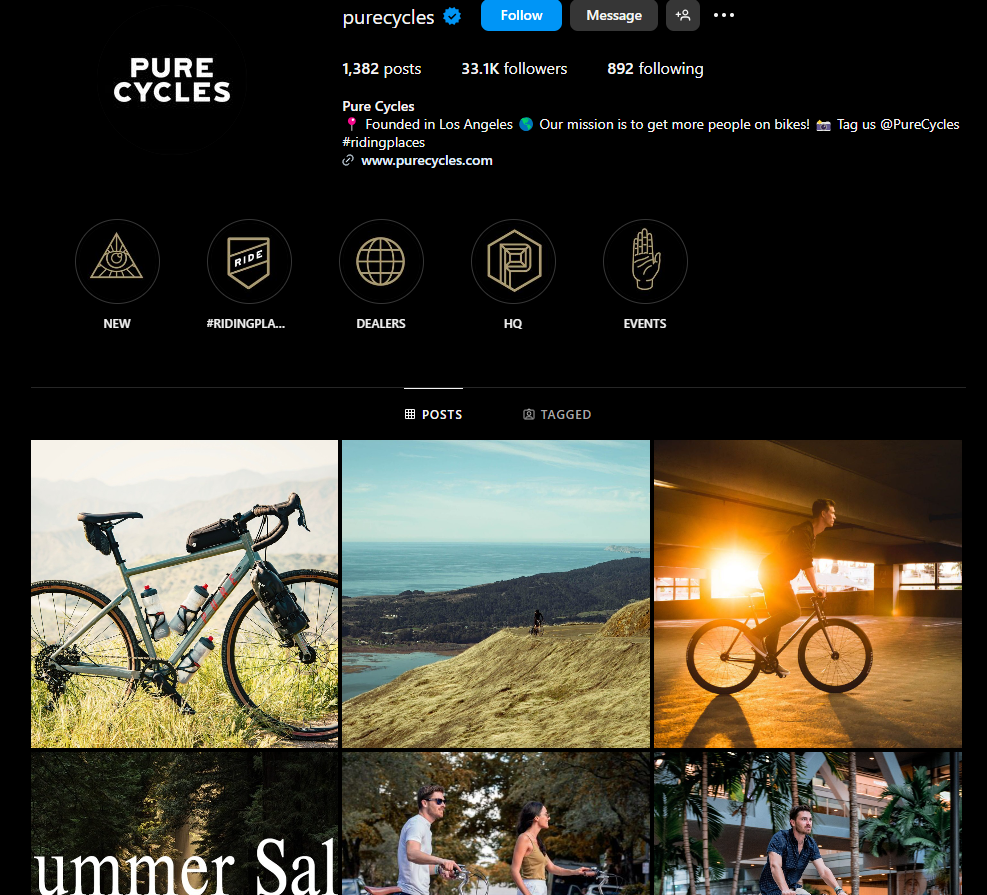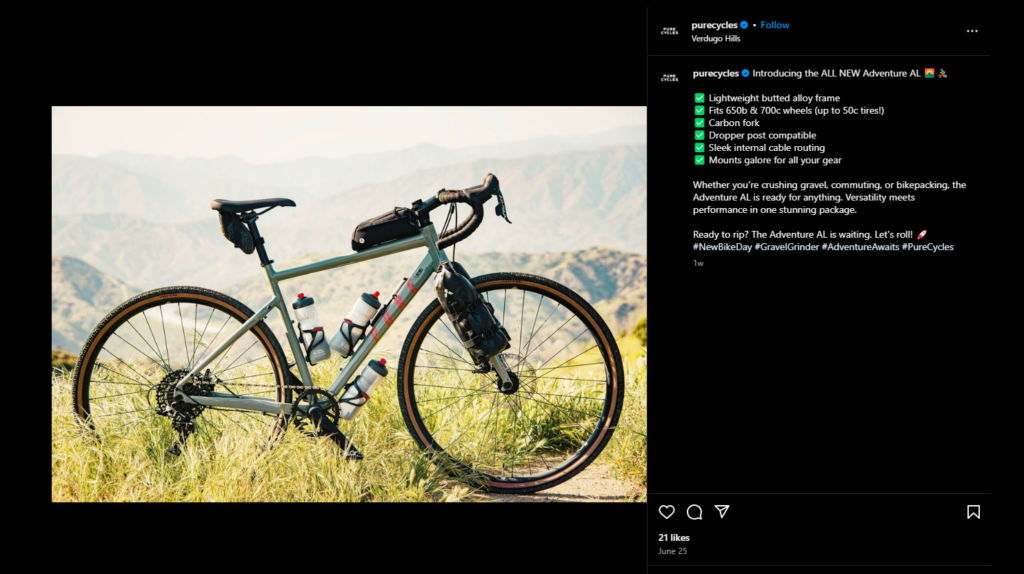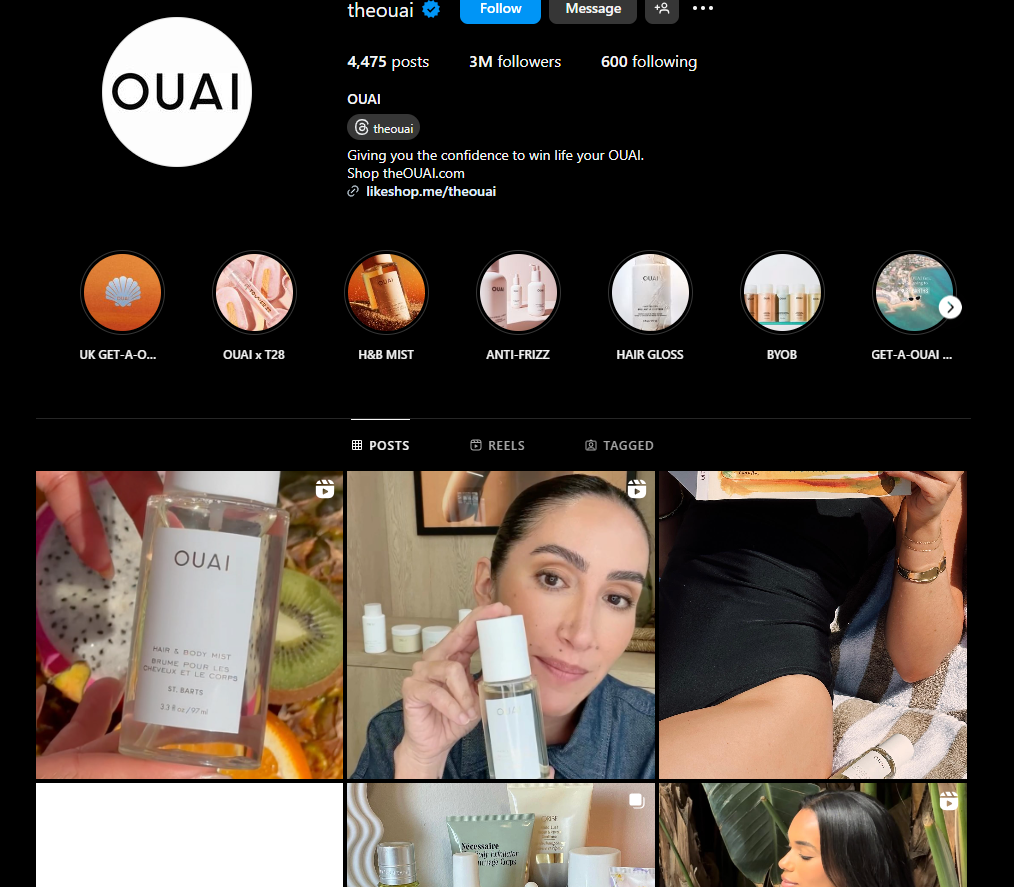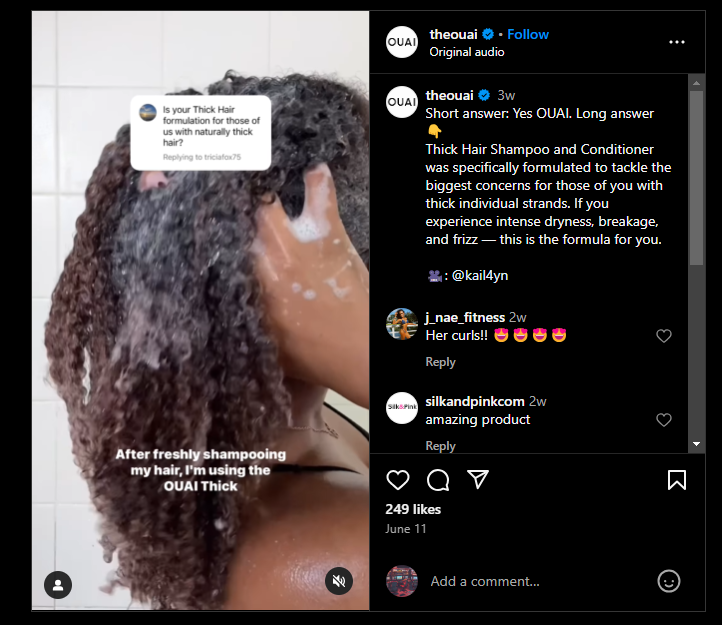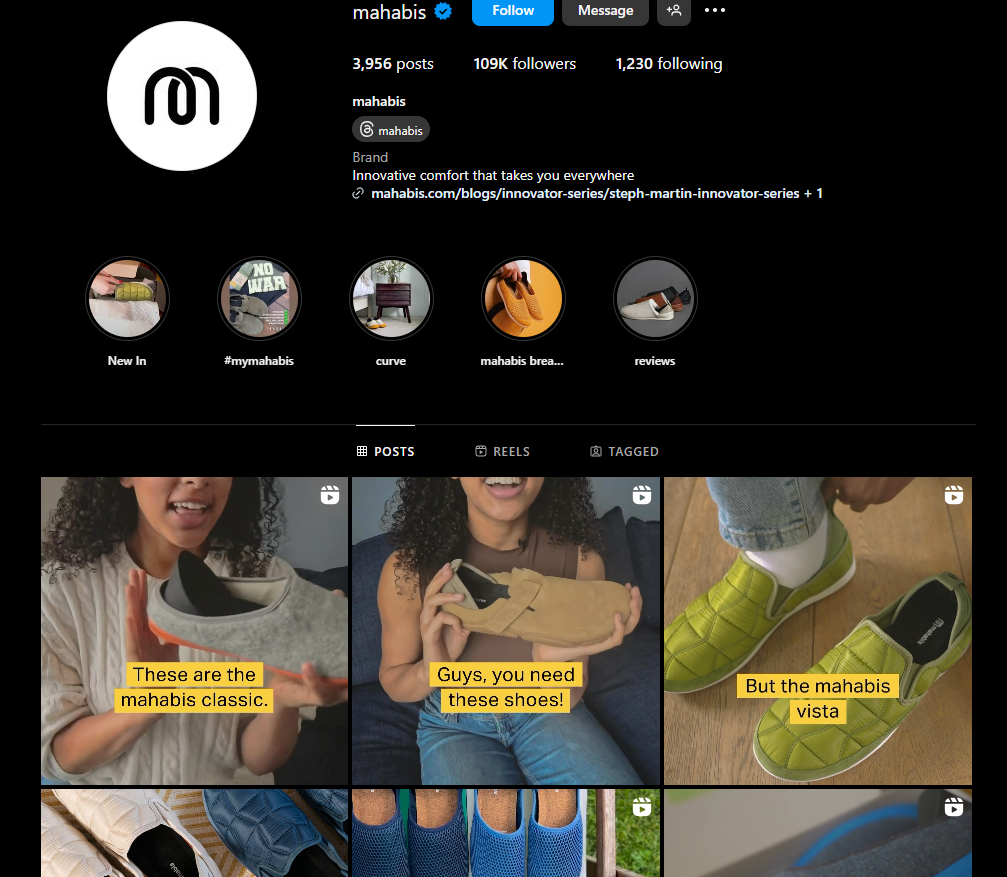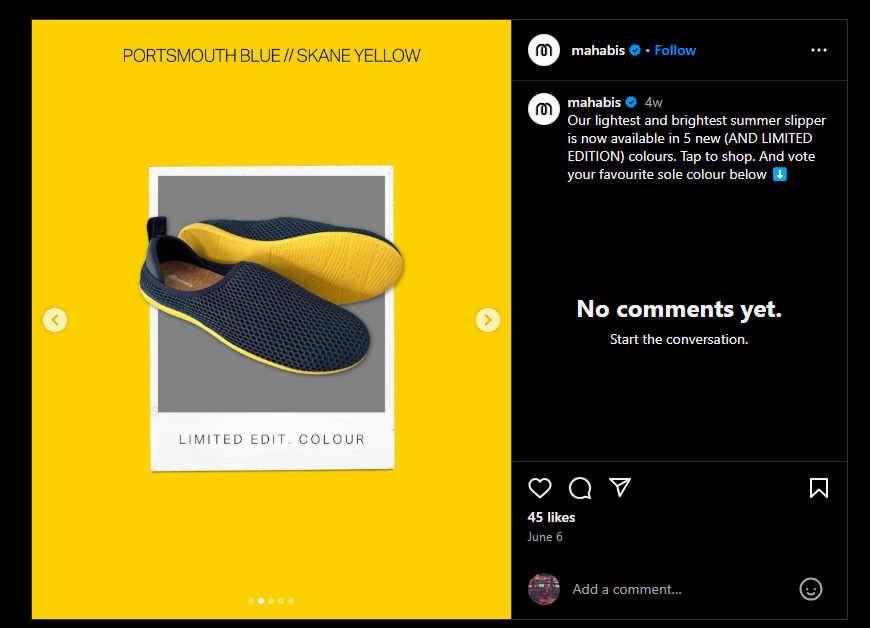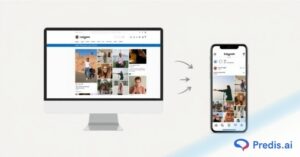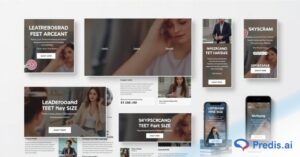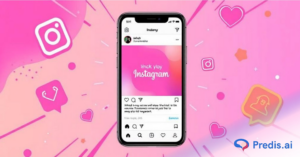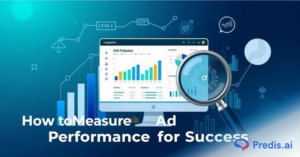Have you ever seen a generic ad that failed to grab your attention or speak to your specific needs? Nowadays, competition is fierce, and generic just doesn’t cut it.
This is where powerful copywriting comes in. Ad Copywriting is about crafting messages that resonate with your audience. These messages make them feel understood and compelled to take action as a result.
Using fancy words is one aspect of effective copywriting. What matters is understanding your audience and creating messages that connect with their needs.
In this article, we will explore the key ingredients of compelling copywriting. We will also cover understanding your audience and crafting powerful CTAs. Furthermore, you will learn how to use this valuable skill to achieve your marketing goals.
What is Ad Copywriting?
Ad copywriting is the art of writing persuasive text designed for advertisements. You have likely encountered ad copywriting in various places, such as billboards, social media ads, website banners, and radio commercials.
Here are some specific examples:
- A snappy slogan on a billboard that captures your attention while driving, such as “Experience Luxury, Drive a Lexus.”
- On social networking networks, the text is next to an image or video. For example, “Do you feel tired?” “Our energy-boosting coffee can help!”
- Website banners display brief messages. Examples include “Shop Now and Save 20% on Summer Styles!”
- The script for radio advertising employs appealing language and narrative. It paints an image and invites listeners to visit a business or website.
In summary, great ad copywriting is short and precise, catching the reader’s attention in seconds. Subsequently, it emphasizes the main advantages of a product or service. It uses persuasive language to urge a desired action. These actions could include visiting a website or signing up for a free trial.
Importance of Effective Ad Copywriting
Every day, buyers are targeted with an endless stream of advertisements. Your ad copy must be extraordinary to stand out and have an effect. Here’s why good ad copywriting is essential:
- In a competitive marketplace, a well-written commercial stands out and attracts attention. It piques your target audience’s interest and causes them to stop and pay attention.
- Powerful copywriting addresses your ideal customer’s wants, needs, and desires. It fosters an emotional connection and positions your company as the solution they’ve been looking for.
- A compelling ad copy makes a lasting impact. It raises brand awareness and fosters a positive link with your products or services.
- Effective copywriting encourages individuals to take the required action. This increases marketing ROI.
- Finally, the purpose of every ad is to generate conversions, whether they be website visits or product purchases.
Fundamental Principles of Ad Copywriting
Effective commercial copywriting is based on three essential principles: clarity and conciseness, persuasive strategies, and comprehension of the target demographic.
You now know the key to creating effective commercials. Let’s examine the core concepts that can help you write captivating copy.
1. Clarity and Conciseness
Nowadays, many individuals online have short attention spans. As a result, your ad content must be concise, easy to read, and understandable within seconds. It should express the value proposition while avoiding jargon or convoluted terminology.
2. Persuasion Techniques
Ad copywriting’s purpose is to convince readers to take action. Effective copywriting employs persuasive strategies, such as emphasizing advantages and instilling a feeling of urgency.
Here are some critical methods to master:
- People are more concerned with how a product will benefit their lives than its technical characteristics. Concentrate on the benefits your product provides and how it addresses their concerns.
- Appeal to your audience’s desires, anxieties, or goals to connect with them and make your ad more memorable.
- Limited-time offers or limited numbers may build a feeling of urgency, encouraging customers to act quickly.
3. Understanding the Target Audience
It is critical to tailor your message to your target audience. This entails knowing their wants, desires, and pain spots. The more you know about your target consumers, the more you can personalize your message to appeal to them.
Understanding your target enables you to speak their language and meet their demands.
To further comprehend these aspects, let us examine how FluentU’s commercial copywriting accomplishes them.
The tagline “Learn Languages with Real-World Videos!” communicates the value proposition. The advertisement also advertises “Enjoy 40% off.” This guarantees that the information is clear and understandable within seconds, adapting to our limited attention spans.
FluentU advertises features including “10 languages” and a “14-day free trial.” This appeals to the audience’s desire to test before they purchase.
The statement of “1,000,000+ users” creates social evidence. Furthermore, the terms “July Sale” and “Limited Time” convey a feeling of urgency.
FluentU caters to language learners who want to use what they’ve learned in real life. It communicates with users in a personal way. The addition of several language flags appeals to potential users’ varying interests.
This ad copywriting illustrates how clarity and persuasion work together. It also demonstrates audience awareness in successful copy.
Critical Elements of Successful Ad Copy
Successful advertising content captures the audience’s attention and motivates them to take action. It’s a deliberate combination of engaging language, striking imagery, and a clear call to action.
So far, we’ve covered the essential elements of ad copywriting. Now, let’s explore the critical ingredients that comprise a winning ad:
1. Headline Impact
The headline is the golden ticket. It’s the first thing people notice, and it can make or break your advertisement. Here’s what makes an excellent headline:
- Communicate your value proposition in seconds.
- Highlight the advantages your product or service provides.
- Incite curiosity and compel readers to discover more.
- A compelling headline might also serve as a call to action (CTA).
2. Call to Action (CTA)
Do not leave your audience wondering. Tell them precisely what you want them to do next: go to your website, sign up for a free trial, or make a purchase.
Below are some CTA recommended practices:
- Use action verbs such as “Shop Now,” “Learn More,” and “Download Today.”
- Do not be ambiguous. Tell them exactly what steps to take.
- Consider including a time limit or a limited incentive to entice rapid action.
3. Visual Appeal and Design Integration:
People are more attracted to visuals. Images and videos can substantially increase your advertisement’s impact. Here’s how to use graphics effectively:
- Use professional-looking photos or videos that are appropriate for your message.
- Choose graphics that elicit emotion and connect with your target audience.
- Ensure your images complement your ad language and provide a cohesive appearance and feel.
Tonara Connect’s Instagram ad exemplifies these crucial elements:
Their headline, “Tonara Learning Groups – A NEW Way for Learning Music Online,” immediately piques your interest. It offers a new approach and makes you want to learn more.
Tonara’s CTA, “Explore the learning groups and JOIN TODAY!” addresses you directly. It’s straightforward and direct and makes you feel compelled to act quickly to avoid missing out.
The ad employs professional and attractive images that captivate you emotionally. These pictures go nicely with the message. It makes the entire advertisement feel unified and enticing.
Plus, hashtags like #musiclearning allow you to connect with even more individuals who share your interests.
Tonara’s commercial captures your attention and encourages you to take the next step, demonstrating the power of smart ad text.
Psychological Principles in Ad Copywriting
We’ve covered the key components of a good advertisement. However, there’s one more layer to consider: the power of psychology. You can write more impactful ad text by appealing to human emotions. This deeper resonance has the potential to increase conversion rates.
Here are some fundamental psychological elements to use in commercial copywriting:
1. Scarcity and Urgency
People are more likely to respond to scarcity and restricted supply. Highlighting limited-time deals or limited numbers can instill a feeling of urgency, motivating people to act before it is too late.
An excellent example is “Only 5 spots left in our exclusive yoga retreat!” “Register now!”
2. Social Proof and Authority
If others trust something, they are more inclined to do so themselves. Use social proof by displaying testimonials or endorsements from celebrities or professionals in your industry.
Look at the following: “Dr. Sarah Jones, a leading nutritionist, recommends our protein powder for building muscle mass.”
3. Emotional Triggers
Emotions are effective motivators. To connect with your audience and make your ad more memorable, appeal to their desires, anxieties, or goals.
This is an excellent illustration of emotional triggers. “Be the confident leader you were destined to be. Enroll in our online leadership course.”
Advertising text may be created by carefully applying psychological concepts. This ad content not only informs but also motivates your viewers to act.
Consider the following example: Quesada Burritos & Tacos.
In their Instagram Reel, they highlight limited-time offerings that instill a feeling of urgency. Quesada Burritos & Tacos nails this with their new menu offerings. “Taco Night has just been easier with Quesada! Try our Chicken Tinga and Street Corn, available for a limited time.” This makes you want to hurry out and eat these delectable delicacies.
People trust customer suggestions. Quesada shows this with testimonials: “We tried these items for our family taco night and loved how flavorful they are.” Hearing this from other taco aficionados makes you want to try it yourself.
Quesada then gives a pitch, “Make taco night easier and more delicious with Quesada.” This addresses our demand for both convenience and beautiful meals. Quesada guarantees a delicious eating experience. This is true whether you order in-store or through the app.
Quesada Burritos & Tacos not only informs but also inspires you to act. It ensures that Quesada is your first choice for taco night the next time!
Want to make your own Reels that look this good? Predis.ai’s free Instagram reel maker has you covered. Predis.ai uses AI to create stunning videos you can post right away.
Types of Ad Copywriting Models
We have seen the foundational principles and psychological triggers that make compelling ad copy. Now, it’s time to explore various models that can serve as blueprints for crafting effective ads. These models provide a structured approach to guide you through the message development.
Here are some of the most popular ad copywriting models:
1. AIDA Model (Attention, Interest, Desire, Action)
AIDA emphasizes capturing attention, sparking interest, building desire, and prompting action. It’s a classic framework that’s been used effectively for decades. It typically follows this structure:
- Attention: Grab attention with a strong headline or eye-catching visual.
- Interest: Explain the problem your product or service solves and highlight its benefits.
- Desire: Create a desire for your product by showcasing its features and how it will improve the user’s life.
- Action: Clearly state the desired action you want the user to take (CTA).
Let’s look at an example with Pure Cycle to see the AIDA model in action. Meet the ALL NEW Adventure AL! That headline grabs your attention instantly.
Next, they spark interest by sharing how perfect this bike is for gravel, commuting, or bike-packing. It’s like they know exactly what you need.
Then comes the desire. With features like a lightweight alloy frame, carbon fork, and dropper post compatibility, you can already picture yourself cruising around on this beauty, enjoying every ride.
Finally, they prompt action with a friendly nudge: “Ready to rip? The Adventure AL is waiting. Let’s roll!” It feels like a personal invitation to join in on the adventure.
Pure Cycle’s ad nails the AIDA model by capturing attention, sparking interest, building desire, and prompting you to take action.
2. Problem-Agitate-Solve (PAS) Formula
This model focuses on highlighting a common problem your target audience faces and then amplifying the associated pain points. Finally, it presents your product or service as the solution, offering relief and improvement.
Let’s examine how Moom Health utilizes the PAS copywriting model to connect with its target audience.
Moom acknowledges the frustration of sifting through unreliable information online. They highlight the ineffectiveness of “one-size-fits-all” solutions that don’t cater to individual needs. This resonates with many women seeking natural, research-backed approaches to health.
Moom doesn’t shy away from amplifying the pain points. They paint a picture of feeling overwhelmed by conflicting online information and the disappointment of generic solutions not delivering results. This taps into the existing struggles of their target audience.
Finally, Moom presents itself as the solution. They emphasize their expert-formulated, natural supplements designed specifically for women’s needs, positioning Moom Health as a path towards achieving the desired well-being goals.
3. Before-After-Bridge (BAB) Formula
This model paints a picture of the audience’s life “before” using your product and the improved “after” scenario. It then bridges the gap by showcasing how your product is the key to achieving the desired “after” state.
Here’s how OUAI leverages the Before-After-Bridge (BAB) formula in their reel:
First, They might show someone with dull, lifeless hair struggling to style it. This paints a relatable picture of a common problem.
The scene cuts to the same person with healthy, bouncy hair that’s easy to manage. This is the aspirational “after” state everyone desires.
The reel seamlessly transitions to showcase The OUAI hair products being used. This visually connects the problem with the solution, implying that The OUAI products are the bridge to achieving the desired healthy hair.
4. 4Ps Formula (Picture, Promise, Prove, Push)
This model offers a clear structure to follow:
- Picture: Paint a vivid picture of the problem your target audience faces.
- Promise: Clearly articulate the solution your product or service offers.
- Proof: Back up your promise with social proof, testimonials, or data.
- Pitch: End with a solid call to action, urging the audience to take the next step.
Let’s discuss how Mahabis uses a clever marketing strategy to grab your attention!
They paint a picture of those perfect summer days by mentioning their “lightest and brightest summer slipper.” You can practically feel the excellent comfort against your feet!
They follow up by clearly promising the solution: a slipper that’s both comfortable and stylish. No more sacrificing looks for comfort, or vice versa!
Mahabis adds a little social proof by mentioning these are “limited edition” colors. Think about it – if only a few people can have them, they must be pretty special, right?
Finally, the call to action is clear and easy – “Tap to shop!” They even throw in a fun element with the “vote your favorite sole color below” prompt. They say, “Hey, we know you’ll love them, but which color will you choose?”
5. The 4 Us Formula (Useful, Urgent, Unique, Ultra-Specific)
This model emphasizes crafting ad copy that is:
- Useful: Demonstrates your product or service’s value to the audience.
- Urgent: Creates a sense of urgency to compel immediate action.
- Unique: Highlights the unique aspects of your product that set it apart from competitors.
- Ultra-Specific: Uses specific language and data to paint a clear picture for the audience.
Pipcorn uses the 4Us formula to make their Heirloom snacks completely irresistible! Here’s how:
They clearly state the value – a satisfyingly crunchy snack with real cheddar cheese. You won’t be reaching for a napkin every bite (unlike some other “crunchy” snacks!).
The copy uses playful language like “can’t put down” and “addictive” to create a sense of urgency. You might polish off the whole bag in one sitting!
Pipcorn highlights what sets them apart. They mention non-GMO, gluten-free, and still unbelievably crunchy. They’re saying, “You get the deliciousness without the guilt!”
They use details, such as “real cheddar cheese” and “non-GMO, gluten-free crunchies,” to describe the product’s taste and benefits.
6. The 5 Cs: Clear, Concise, Compelling, Credible, Customer-focused
This framework emphasizes crafting ad copy that is:
- Clear: Easy to understand and free from jargon.
- Concise: Delivers the message quickly and effectively.
- Compelling: Grabs attention and sparks interest.
- Credible: Backed up by evidence and builds trust.
- Customer-focused: Speaks directly to the audience’s needs and desires.
Here’s how Bird & Blend leverages the 5 Cs on their About Us page:
- The language is easy to understand and avoids jargon. They explain their story, from humble beginnings to their current success.
- The main points about their company are presented efficiently. They use bullet points and headings to break up the text and highlight key areas like “People,” “Ethics,” and “ChariTEA.”
- The company uses playful language like “ChariTEA” and “communiTEA” to grab attention and make the brand feel approachable.
- They showcase their success with details like “multiple retail stores” and “thriving international online store,” building trust in their capabilities.
- The entire page revolves around their passion for tea and their commitment to customers. Phrases like “championing other indies we love” and “you’ll always find us championing other indies we love” demonstrate their focus on community and customer satisfaction.
- By following these principles, Bird & Blend creates a clear, engaging, and customer-centric About Us page that builds trust and resonates with tea enthusiasts.
Feeling inspired by these ad copywriting models? Predis.ai’s social media post generator makes creating engaging content a breeze.
Summary: Mastering Ad Copywriting
Ad copywriting can change your marketing efforts. We have examined the key elements that govern great ad writing and seen the effectiveness of individualized calls to action.
However, this understanding serves as a basis. Now is your chance to take on the role of a wordsmith. Use language effectively to reach your marketing goals and attract your target audience.
Feel free to try different ad copy versions and evaluate their success. Remember that the more you create and edit your content, the better you will get at writing messages.
Put the knowledge you have gained to use immediately and watch your marketing efforts fly! Want to make your copywriting process more efficient? Sign up for a free account on Predis.ai today!
Related Content,
How to Write a Good Ad Copy?


